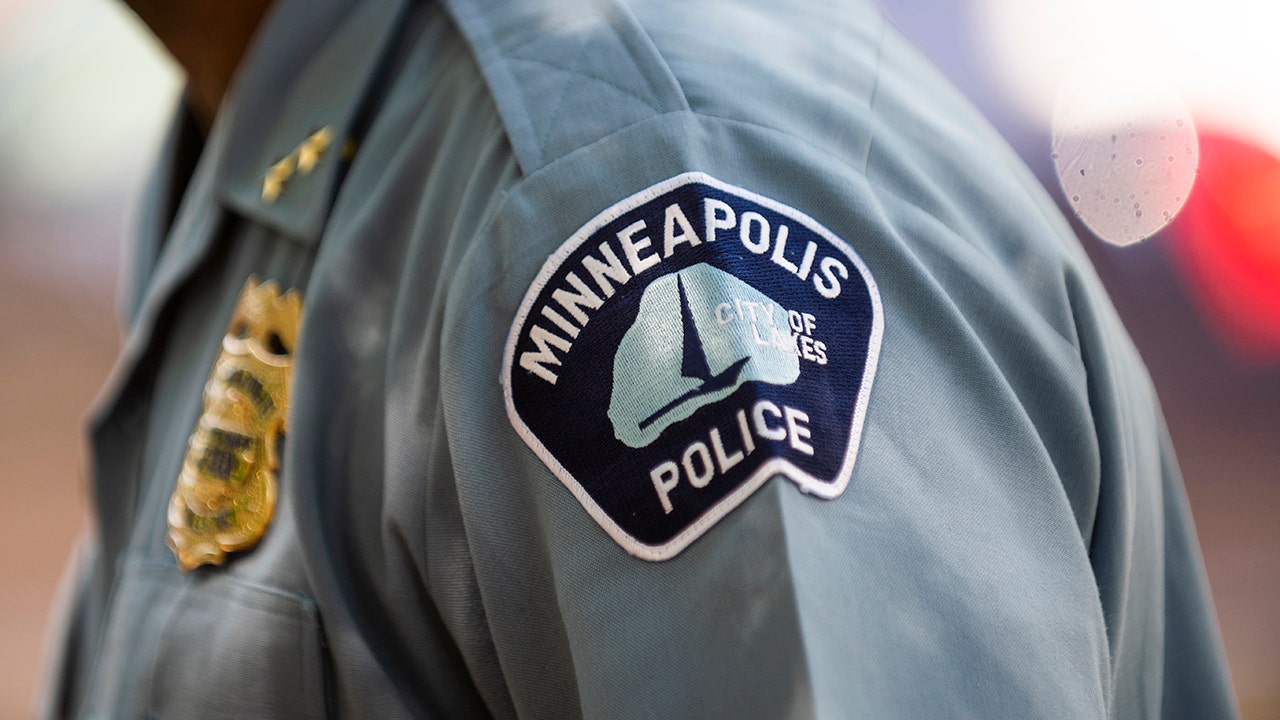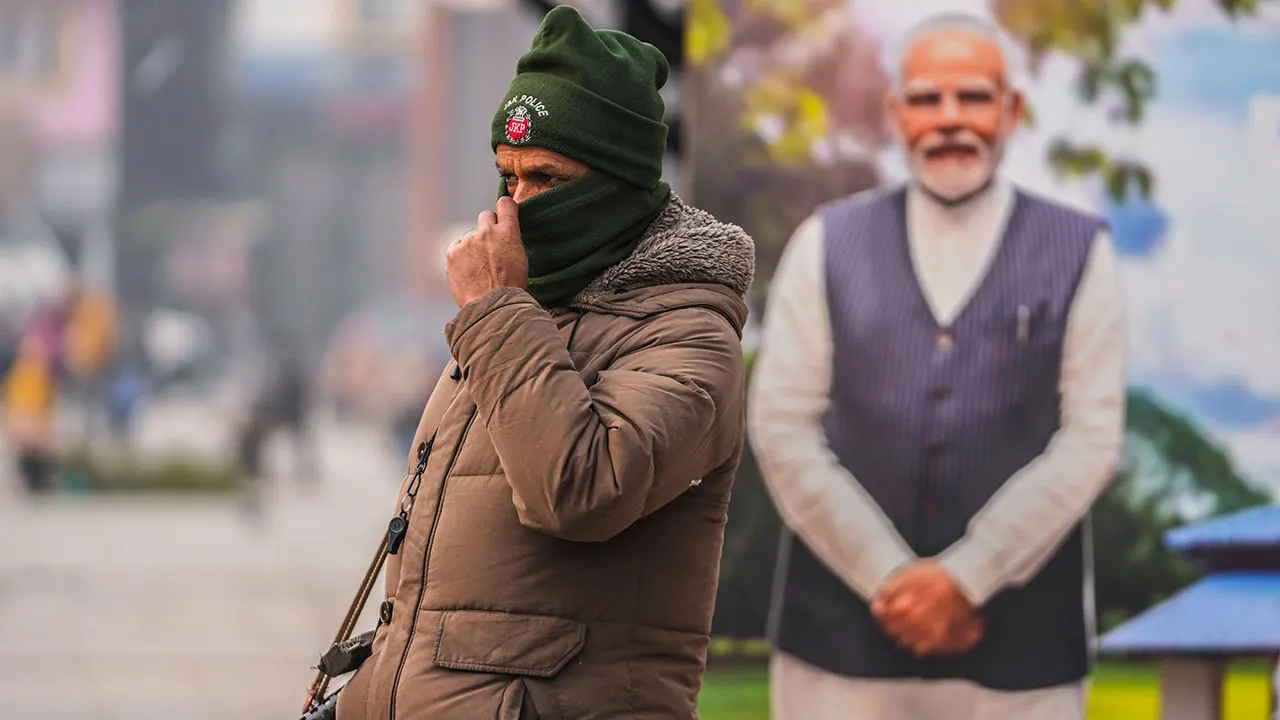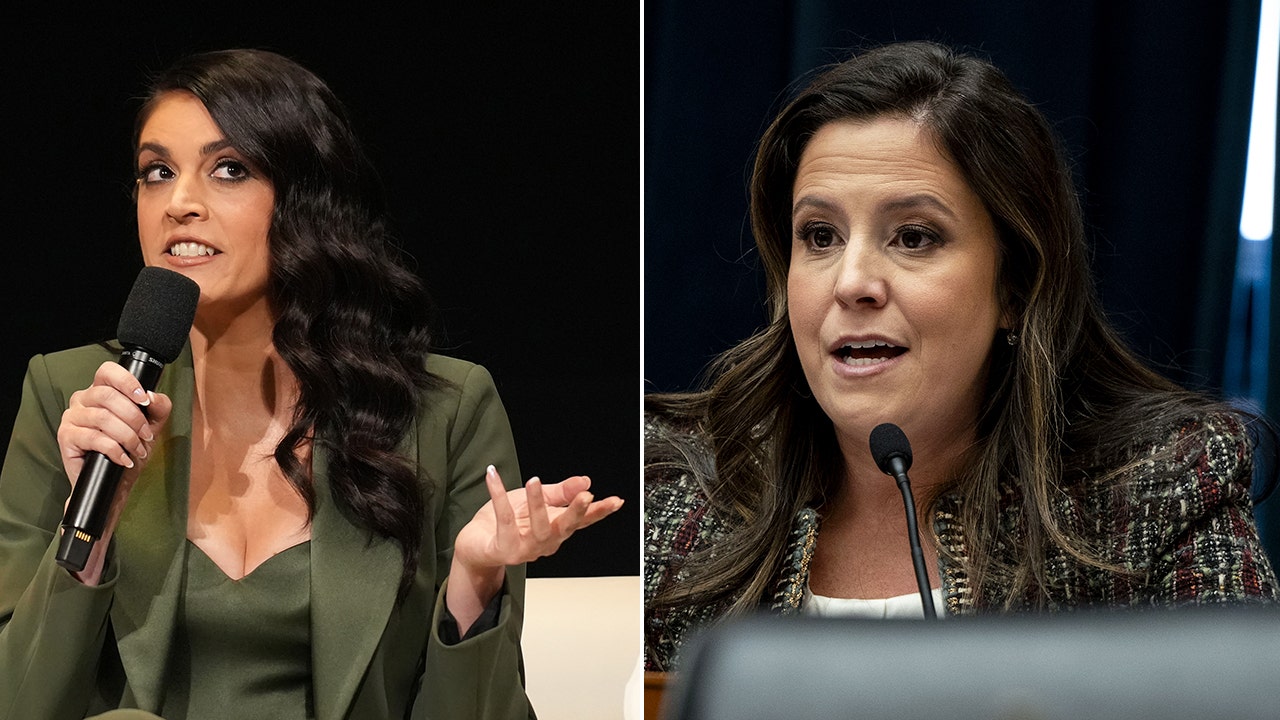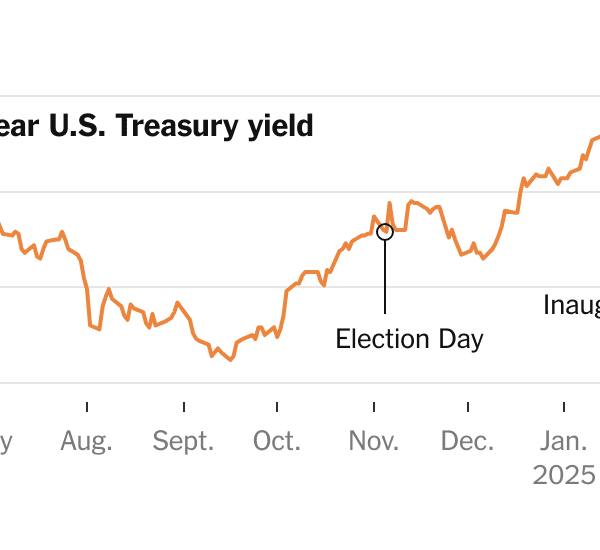India and Pakistan announced a cease-fire on Saturday, after days of the worst fighting in decades between the two nuclear-armed rivals. Hours later, there were reports of continued violence on both sides, as India and Pakistan accused each other of violating the truce.
The cease-fire agreement, which came after four days of missile, drone and artillery strikes, was first announced by President Trump, who cited the role of the United States as a mediator. India disputed that claim.
Despite the announcement, there were indications that the cease-fire was not entirely effective. Cross-border firing was reported on both sides of the border dividing Kashmir, the disputed region between India and Pakistan.
Some of the heaviest fighting took place earlier on Saturday. Following two nights of heavy drone activity, both sides appeared to have inflicted heavy damage as they targeted each other’s military bases.
The conflict began after 26 people were killed in a terrorist attack on the Indian side of Kashmir last month. India accused Pakistan of being involved in the attack; Pakistan denied that claim.
Here is what to know about the fighting, longstanding tensions between India and Pakistan, the attack in Kashmir and attempts to resolve the conflict.
What happened in the conflict?
Pakistan said India had targeted at least three of its air bases with air-to-surface missiles in the early hours of Saturday, including Nur Khan, a key air force installation near the capital, Islamabad.
Within hours, Pakistan said it had retaliated using short-range surface-to-surface missiles against several locations in India, including the Udhampur and Pathankot air bases, both close to the border with Pakistan, and a missile storage facility.
A swirl of disinformation and contradictory government statements has made it difficult to know the precise nature and location of attacks. Both sides are spreading their own spin and blocking access to media outlets.
Earlier in the week, in the Indian-controlled part of Kashmir, Jammu and other cities were blacked out completely, with residents reporting drones and missiles flying overhead as they sheltered in their homes. Blasts also hit towns in the Pakistan-controlled side of Kashmir, damaging some houses.
Who negotiated the cease-fire?
President Trump announced the cease-fire on his social media site on Saturday and said it had been mediated by the United States. Indian and Pakistani officials confirmed the cease-fire, though only Pakistan acknowledged an American role.
Within a few hours, it looked like the cease-fire might not hold. There were reports of cross-border firing in some areas of Jammu and Kashmir, the Indian-controlled part of the disputed region. Residents in Barnala, in the part of Kashmir controlled by Pakistan, also reported hearing exchanges of fire along the border.
Vikram Misri, India’s foreign secretary, accused Pakistan of breaking the truce, telling reporters there had been “repeated violations of the understanding arrived between the two countries today.” He said India would respond and “deal strongly” with the violations.
A spokesman for Pakistan’s foreign ministry then put out a statement saying that the country remained committed to the “faithful implementation” of the cease-fire and that it was India that had broken the truce. “Notwithstanding the violations being committed by India in some areas, our forces are handling the situation with responsibility and restraint,” the spokesman said.
Several countries with close ties to both India and Pakistan, including Saudi Arabia, Qatar and the United Arab Emirates, had been working for days to try to cool the conflict. The United States, the European Union and China had all urged restraint from Pakistan and India as fears grew of a full-blown war.
Secretary of State Marco Rubio said in a statement that he and Vice President JD Vance had engaged with senior officials from both countries, including their prime ministers, over the previous 48 hours. Rubio worked the phones in what one U.S. official described as “shuttle diplomacy,” going back and forth between Indian and Pakistani officials.
India’s foreign ministry contradicted Mr. Rubio, saying the cease-fire was worked out directly between India and Pakistan. India has long tried to keep disputes regarding Kashmir as a bilateral issue with Pakistan, without getting other countries involved.
What happened in the Kashmir attack?
On April 22, 26 people were shot and killed during a terrorist attack in the Baisaran Valley in Kashmir. Another 17 were injured.
Except for one local Kashmiri man, a government tally of the dead showed that all were Hindu tourists. Accounts from the injured and survivors suggested many were targeted after they were asked about their religion. The attack, which occurred near Pahalgam, a town in the southern part of Indian-administered Kashmir, was one of the worst on Indian civilians in decades.
A group calling itself the Resistance Front emerged on social media to take responsibility. Indian officials privately say the group is a proxy for Lashkar-e-Taiba, a terrorist organization based in Pakistan.
What are the origins of the dispute over Kashmir?
The roots of the Kashmir conflict trace back to the 1947 partition of British India, which led to the creation of a predominantly Hindu India and a predominantly Muslim Pakistan.
In October of that year, the Hindu monarch of the Muslim-majority princely state of Kashmir acceded to India, but Pakistan laid claim to the territory and sought to take it by military force. A U.N.-brokered agreement in 1949 established a cease-fire line, dividing Kashmir.
After wars in 1965 and 1971, the cease-fire line became the Line of Control, with India possessing about two-thirds of Kashmir and Pakistan the rest. But the dispute remains unresolved.
Here is a timeline of the decades of tensions between India and Pakistan over Kashmir.
Has Pakistan supported militancy in Kashmir?
An insurgency in the Indian-administered part of Kashmir began in the 1980s, primarily driven by local grievances, with Pakistan eventually supporting some groups, experts say.
Among the Kashmir-focused insurgent groups that emerged, some supported independence for the region, while others wanted the Indian side of Kashmir to be taken over by Pakistan.
In the 1990s, Pakistan provided training and other support to several militant groups operating in Kashmir and within Pakistan. This involvement was later acknowledged by several senior Pakistani officials, including the former military ruler Pervez Musharraf. The spike in insurgency in the 1990s forced an exodus of Kashmir’s minority Hindus, a large number of them leaving for New Delhi and other cities after facing targeted attacks.
The insurgency began to ease around 2002, as Pakistan banned Lashkar-e-Taiba and Jaish-e-Muhammad, another major militant group, although Lashkar-e-Taiba continued to operate under aliases. A cease-fire was declared and a peace process with India was initiated, a shift that some observers linked to pressure by the United States after its post-9/11 intervention in Afghanistan.
The peace process collapsed after attacks in Mumbai, India, in 2008, which killed 166 people and were attributed to Lashkar-e-Taiba.
Since war last broke out in 1999, Kashmir has remained one of the most militarized places in the world. India and Pakistan have come to the brink of war several times, including in 2019, when a suicide bombing in Kashmir killed at least 40 Indian soldiers.
John Yoon and Salman Masood contributed reporting.














